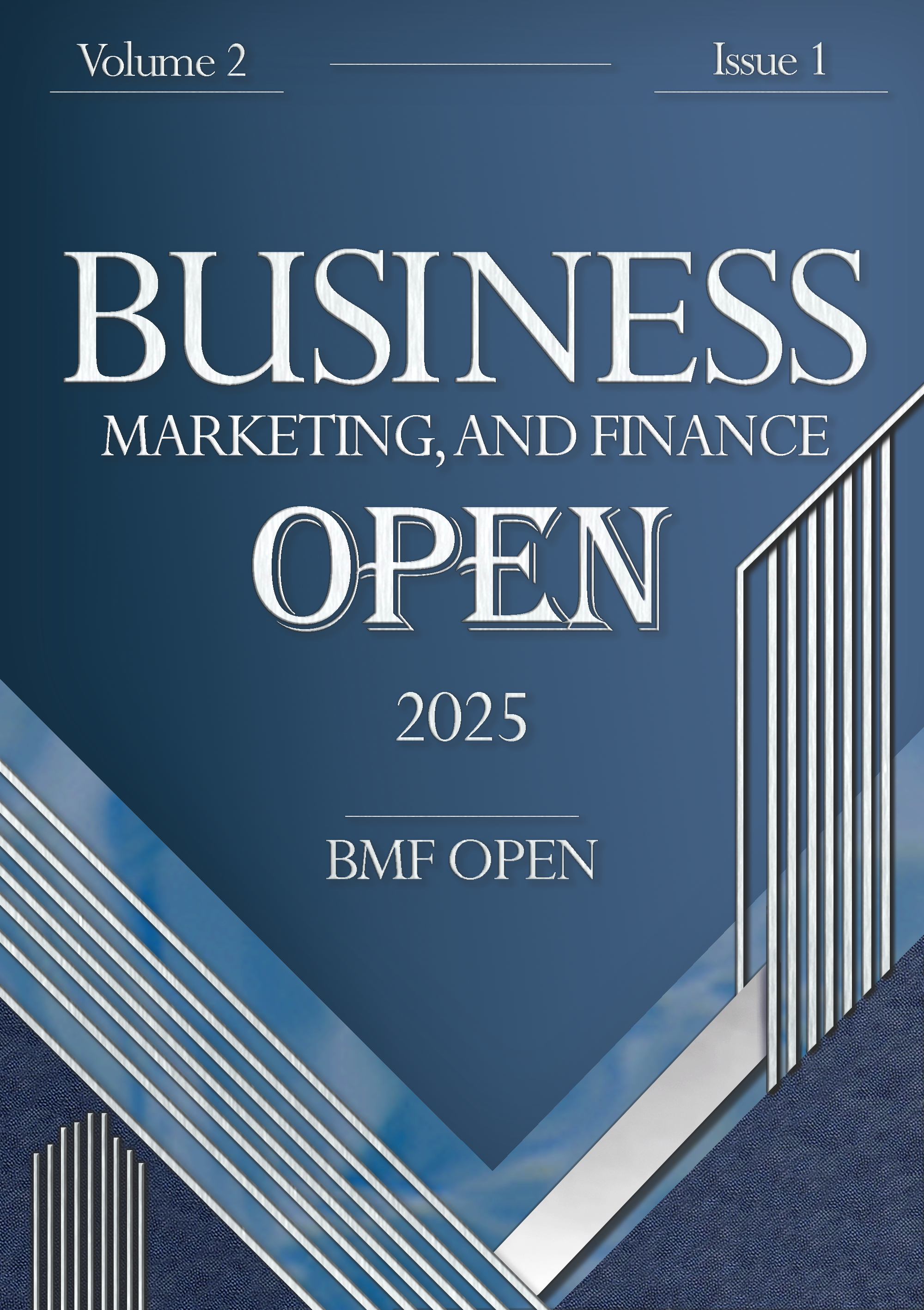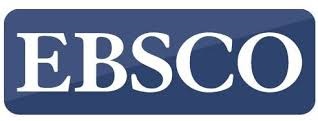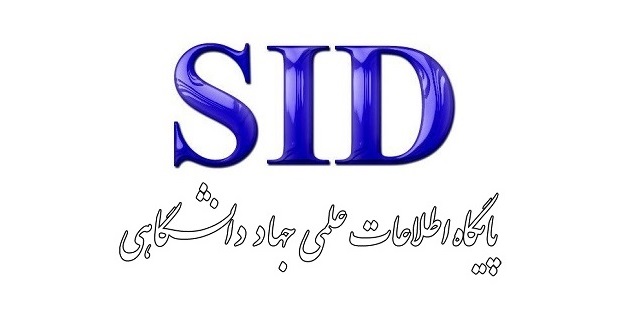Explaining and Presenting an Electronic Word-of-Mouth (eWOM) Marketing Model in the Open Market for Insurance Services
Keywords:
Marketing, Electronic Word-of-Mouth MarketingAbstract
Electronic word-of-mouth (eWOM) marketing has significantly evolved over the past 20 years and has substantially shaped modern consumer behavior while altering the dynamics of marketing management in consumer markets and industries. Despite the importance of this type of marketing, limited research has been conducted on its dimensions and components. The present study aimed to explain and present an electronic word-of-mouth marketing model in the open market for insurance services. The research approach is qualitative. 10 experts were purposefully selected based on the theoretical saturation criterion, and data were coded using the grounded theory method with MAXQDA software. The findings of the study indicated that the electronic word-of-mouth marketing model consists of causal conditions (effectiveness of word-of-mouth marketing, ease of use, accessibility, and the necessity of customer loyalty), contextual conditions (national infrastructure, corporate infrastructure, and customer experience), intervening factors (infrastructural challenges, weaknesses and limitations in usage, practical challenges, and customer-related challenges), strategies (supportive regulations and governance measures, specialization, customer interaction and commitment, customer attraction and retention efforts, customer satisfaction efforts, and customer awareness initiatives), and outcomes (low advertising costs, positive marketing outcomes, cost reduction, increased profitability and sales, positive outcomes for marketers, and communication facilitation). According to experts, this model can be introduced as a suitable framework for electronic word-of-mouth marketing.







